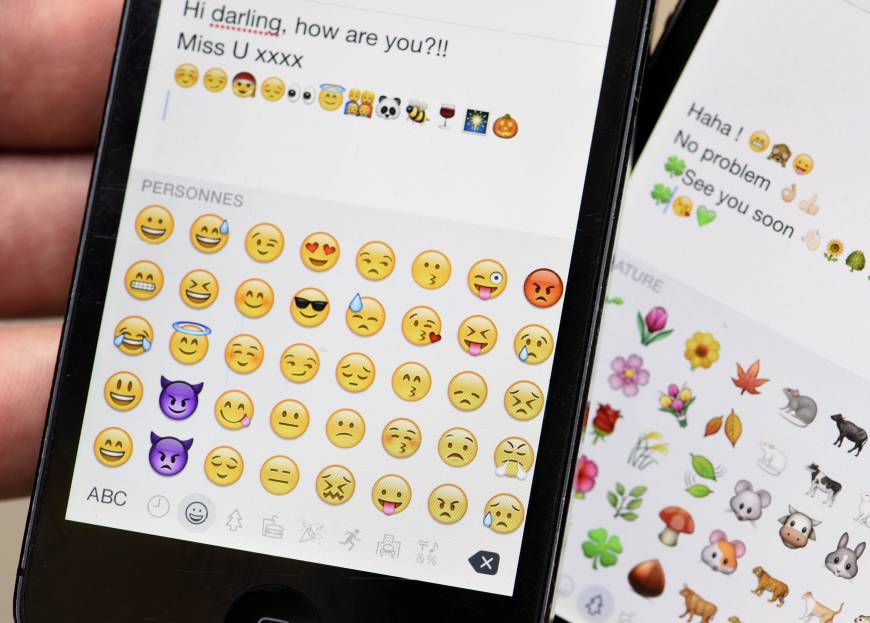Mainz, London – In the late 90s, the whole thing started with 176 colored faces. But today, these faces or emoticons known as “emojis” have exceeded 2,000 and more are added every day to cover more cultural fields. In fact, creative users can create their own emojis.
Today, these small icons provide people with a very wide range of faces to choose from. There is the face with dark or blond hair, the face with a moustache, the surprised face, the laughing and the crying ones.
However, despite this variety, many users feel unsatisfied with the available options because they do not feel that they represent them.
The interest in these small icons led scientists like Anatol Stefanowitsch, a professor of linguistics at Freie Universität Berlin, to study how people use these colored images in their messages. He also sought to find answers for some cultural questions: how do these expressive icons evolve? What are their limits?
According to the German News Agency (DPA), the Unicode website deployed all the available emojis, which reached 6,232 icons, so people can use them in all social media platforms.
The US-based Unicode consortium encodes texts in programs, including emojis. Any user can suggest a new emoji to Unicode, but any suggestion should include the meaning of the icon and a justification for it. Users should be patient as this process can take years.
Experts receive people’s suggestions at any time, and then they decide whether this suggestion should be developed or not.
The new bouquet of emojis is expected to look at details that go beyond new colors and forms. They will focus on deeper cultural expression. The Islamic hijab will be among the new Unicode release of emojis.
According to Stefanowitsch, this is just the beginning, as the coming releases of emojis will include icons with crucifixes and the kippah, the Jewish head cover.
The German scientists added: “When emojis represent more people, more applications will be submitted.”
He also considered that emojis have become more important for the young generations in particular. For many people, these emojis are more than just icons that reflect the mood, and many seek to find themselves in these small faces.
But to what extent can these emojis develop? The skin color can be easily controlled, but what about faces, eyes and hair color?
In Scotland, people submitted a petition calling for an emoji with red hair. Earlier this year, Unicode studied this suggestion, which is expected to appear in 2018.
Stefanowitsch said that more icons will emerge, but eventually, emoji production will stop when each individual finds his special character among them. He added that when people ask for an icon with red hair that means that it is not about ethnicity, but also about appearance.
According to the Oxford dictionary, in the world of digital communication, texts no longer meet the people’s needs to express themselves.
In 2015, when Oxford announced it chose “emoji” to be the “word of the year”, Casper Grathwohl, senior vice president – Group Strategy, Oxford University said that the traditional alphabetic texts struggle to meet the quick demands of communication in the 21th century, which focus on the view.
Grathwohl said emojis have become a rich form of communication given that they surpass the linguistic limits. The more emojis we have, the more people can express themselves.
Oxford had chosen the “face with tears of joy emoji” as the year’s winning “word”.
“We felt that this emoji expresses feeling of vivacity and intimacy”, Grathwohl commented.
